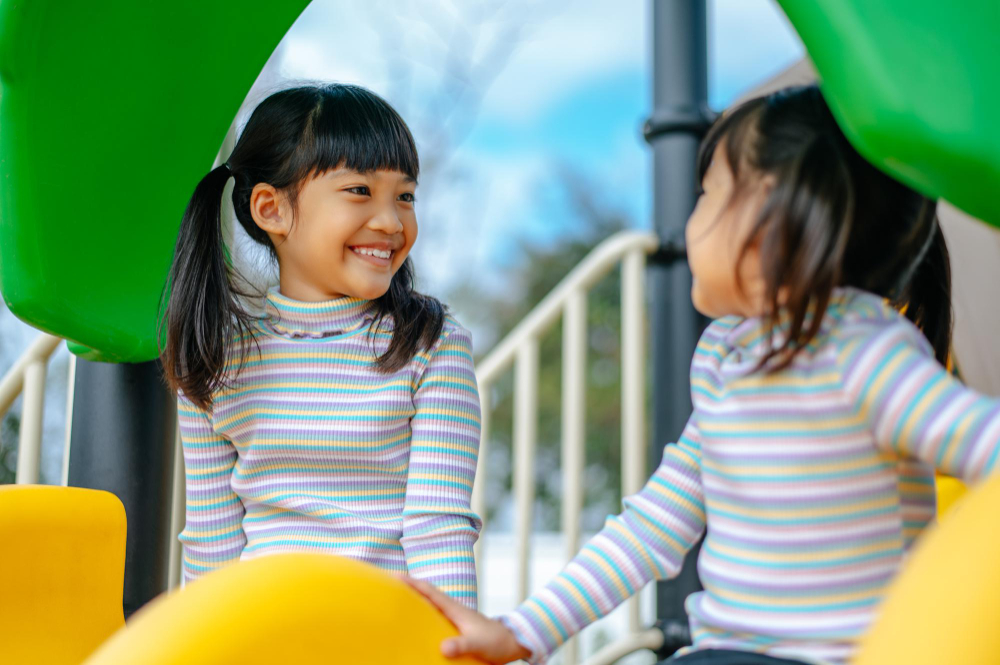How to Create a Positive Classroom Environment: Tips for Primary School Teachers

As a primary school teacher, one of your main responsibilities is to create a positive learning environment for your students. A positive classroom environment can help students feel safe, motivated, and engaged in their learning, leading to better academic performance and overall well-being. However, creating such an environment requires intentional effort and strategies. In this article, we will discuss some practical tips for kindergarten Singapore school teachers to create a positive classroom environment.
Build Positive Relationships with Your Students
The first step in creating a positive classroom environment is to establish positive relationships with your students. This involves getting to know your students, showing interest in their lives, and creating a supportive and caring classroom community. To build positive relationships with your students, consider the following tips:
- Greet your students at the door and use their names
- Ask them about their interests, hobbies, and goals
- Show empathy and understanding when they face challenges or difficulties
- Praise their efforts and achievements, not just their grades
- Encourage teamwork and collaboration among students
Establish Clear Expectations and Rules
Another important aspect of creating a positive classroom environment is establishing clear expectations and rules. This helps students understand what is expected of them and reduces confusion and misbehavior. To establish clear expectations and rules, consider the following tips:
- Create a list of classroom rules and display them prominently
- Explain the rationale behind each rule and how it helps create a positive learning environment
- Be consistent in enforcing the rules and follow through with consequences when necessary
- Provide positive feedback and rewards for good behavior and effort
Use Positive Reinforcement
Positive reinforcement is a powerful tool to motivate students and encourage positive behavior. It involves rewarding students for desirable behaviors and actions, rather than punishing them for undesirable ones. To use positive reinforcement, consider the following tips:
- Use praise and encouragement to reinforce positive behaviors, such as participation, teamwork, and effort
- Use tangible rewards, such as stickers, certificates, or extra free time, to recognize and celebrate students’ achievements
- Avoid using punishment or negative feedback as the primary means of behavior management
Create a Safe and Supportive Learning Environment
Creating a safe and supportive learning environment is essential for students to feel comfortable and motivated to learn. To create such an environment, consider the following tips:
- Create a physical environment that is clean, organized, and conducive to learning
- Provide students with opportunities to share their thoughts, feelings, and opinions in a respectful and supportive manner
- Address any bullying or negative behavior promptly and firmly
- Provide support and resources for students who may be facing personal or academic challenges
Communicate with Parents and Guardians
Finally, communicating with parents and guardians is an important part of creating a positive classroom environment. By keeping parents informed and involved in their child’s education, you can build a strong partnership and promote a positive learning experience. To communicate effectively with parents and guardians, consider the following tips:
- Use a variety of communication channels, such as emails, newsletters, and parent-teacher conferences
- Provide regular updates on student progress, both academically and behaviorally
- Encourage parents to get involved in school activities and volunteer opportunities
- Be open and receptive to feedback and suggestions from parents
Conclusion
Creating a positive classroom environment is crucial for primary international schools in Singapore school teachers to promote student learning, growth, and well-being.